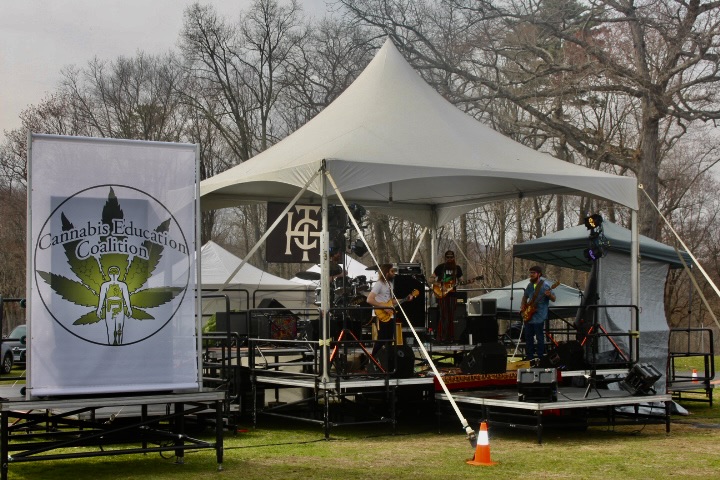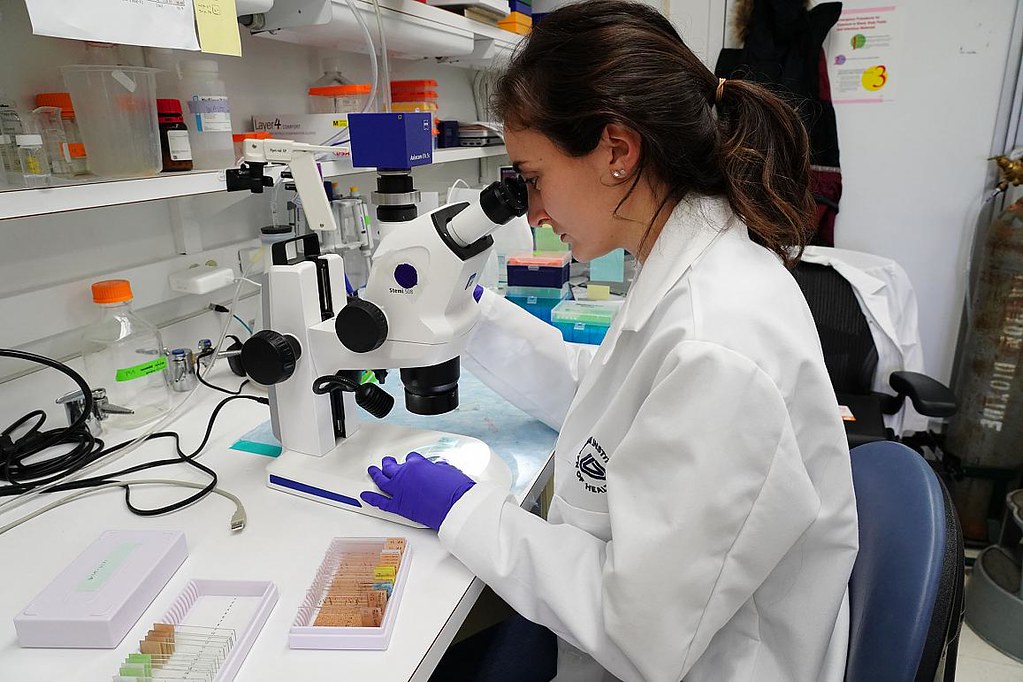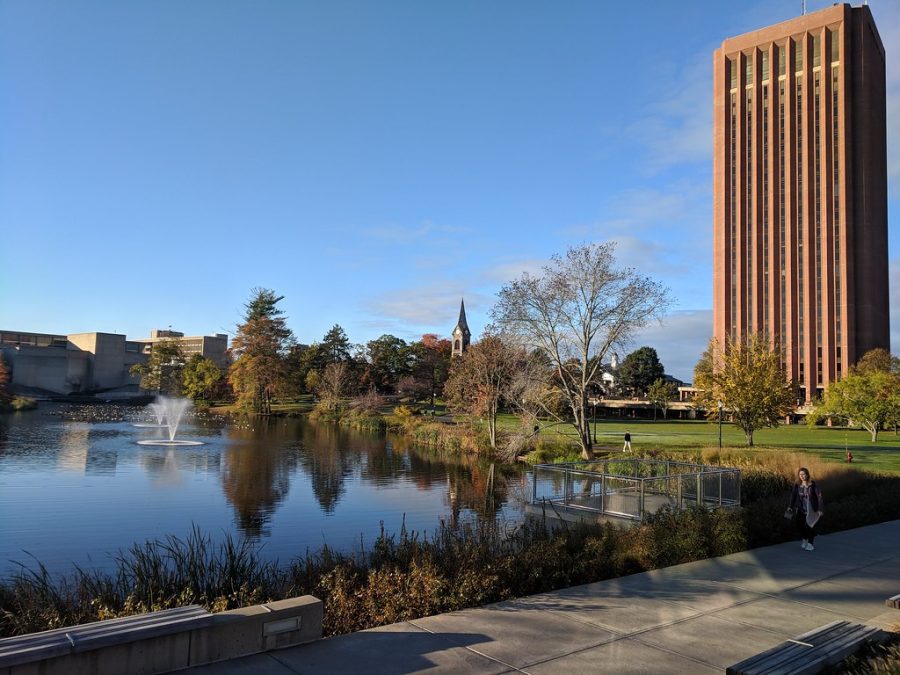Nestled within the John W. Olver Design Building lies one of seven free-to-enjoy on-campus art galleries at The University Of Massachusetts Amherst.
Boasting an ever-rotating cast of riveting exhibits that focus more on art based around architecture, building construction technology and regional planning, the gallery has hosted an amalgam of exhibits since 2017. The space itself is beautifully simple, illuminated with natural light that pours in from its floor-to-ceiling windows, giving the room an open and inviting feel.
“When the building was kind of in its planning stage, it was really important to [the] architecture [department] that we had a place to exhibit work,” director of the gallery, Professor Sandy Litchfield said.
Professor Litchfield also expressed her hope that the location of the gallery (situated right outside the popular Post and Beam cafe) is the solution to a problem she believes many galleries have.
“There’s a lot of traffic in this gallery, which is not true for a lot of the other galleries on campus,” Professor Litchfield said.
The gallery typically shows three exhibits a semester and will have a fourth show to end the spring semester, showcasing senior thesis projects.

When it comes to how a piece gets into the gallery, a set of guidelines is followed.“We want to highlight the accomplishments and innovations of students and faculty in the design building,” Professor Litchfield said. “So non-invitational proposals are only considered with faculty sponsorship.”
On November 9th, the gallery unveiled its newest exhibit titled “The Futuring Lab.” It features a large interactive wall and multiple talks hosted throughout November. Visitors are invited to interact with the exhibit by placing sticky notes on a mural called the Khronika that fluidly envisions 2000 years of events from the past, present, and future.

“We invite people who come in here, and during our events to add their own imaginings of the future or their own bits of timelines in the past or present,” said Bella Donovan, the research assistant for the project.
In terms of interactivity, it is a factor that appeals to people. “The interactive aspect has drawn me in because it is special in having a part in imagining the future,” Donovan said.

The exhibit also has featured events with guest speakers. “The people who have presented have been both faculty and outside guests that we’ve had,” Donovan, who urges students to go and experience them, said.
“Exhibitions have a way of making the intangible tangible. What I love about exhibitions and gallery spaces is that it makes things visible,” Professor Litchfield said. “It makes them tangible: You can see them, you can walk around them, you can actually get an experience of it.”

The gallery hopes to continue its work far into the future and is even looking to eventually fill the curator role with graduate students, offering a more hands-on museum curator experience for university students.


















